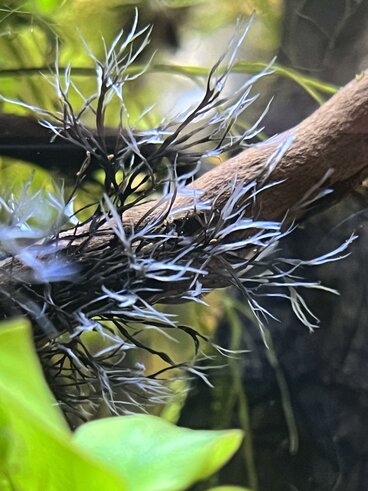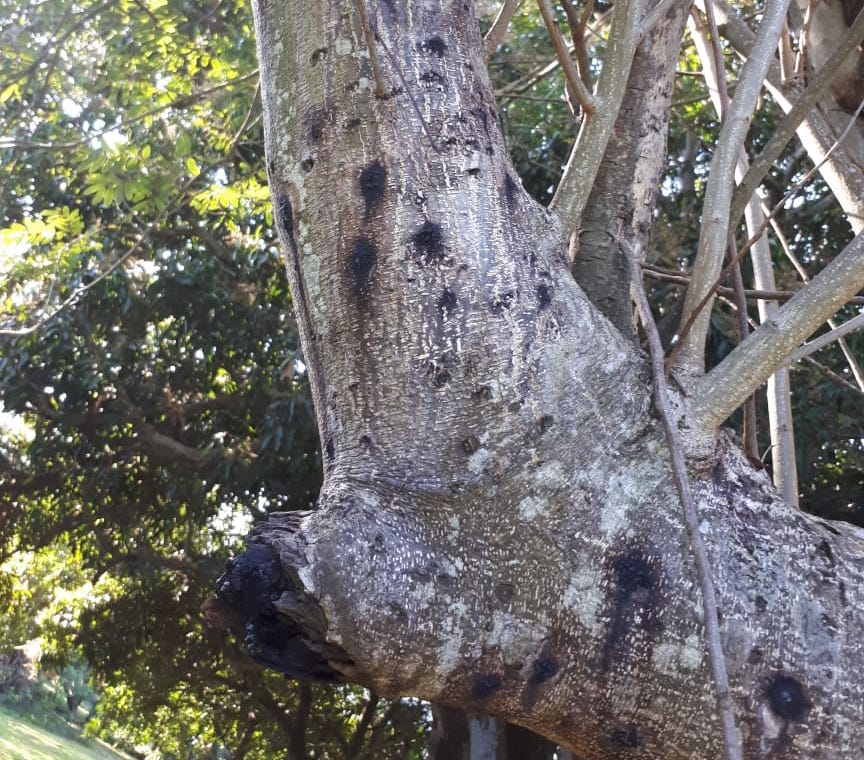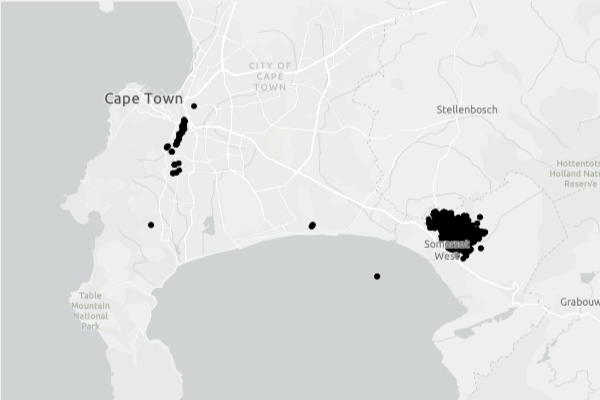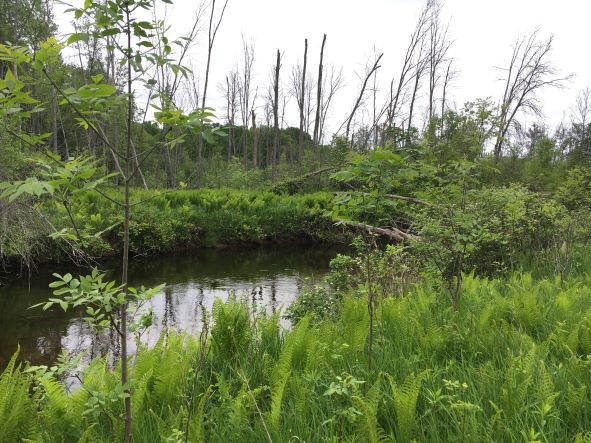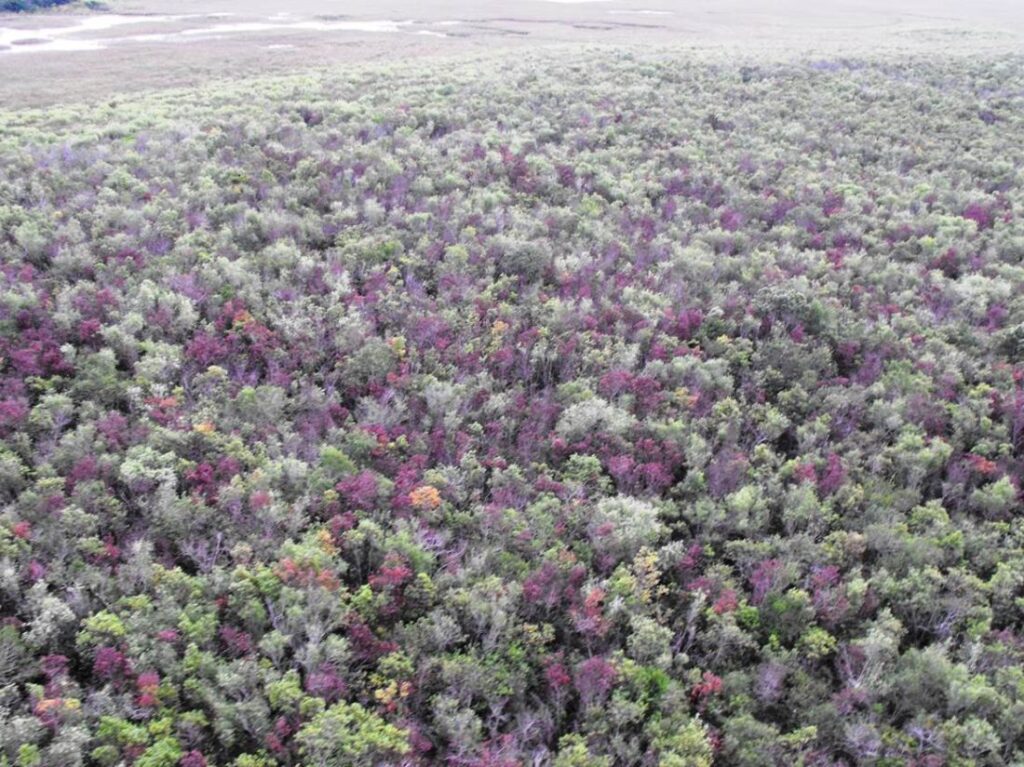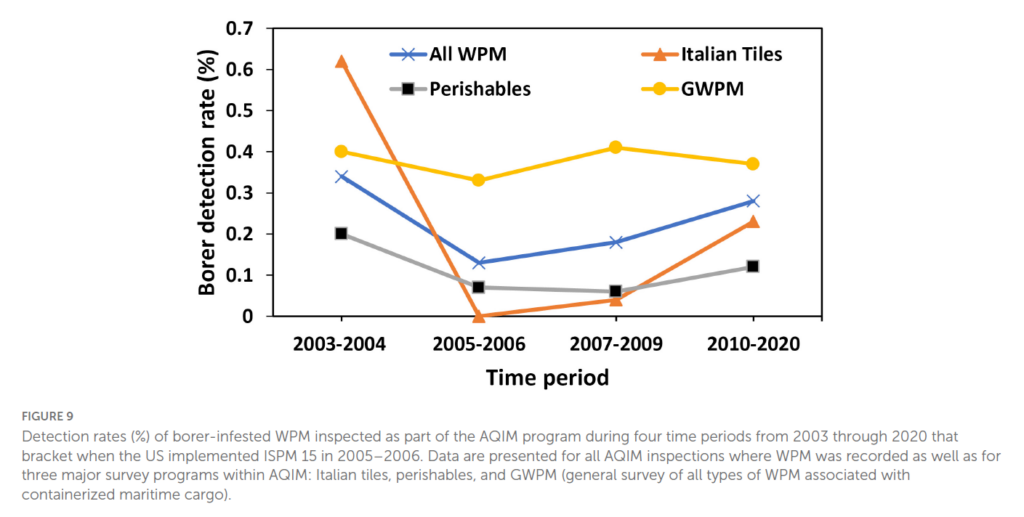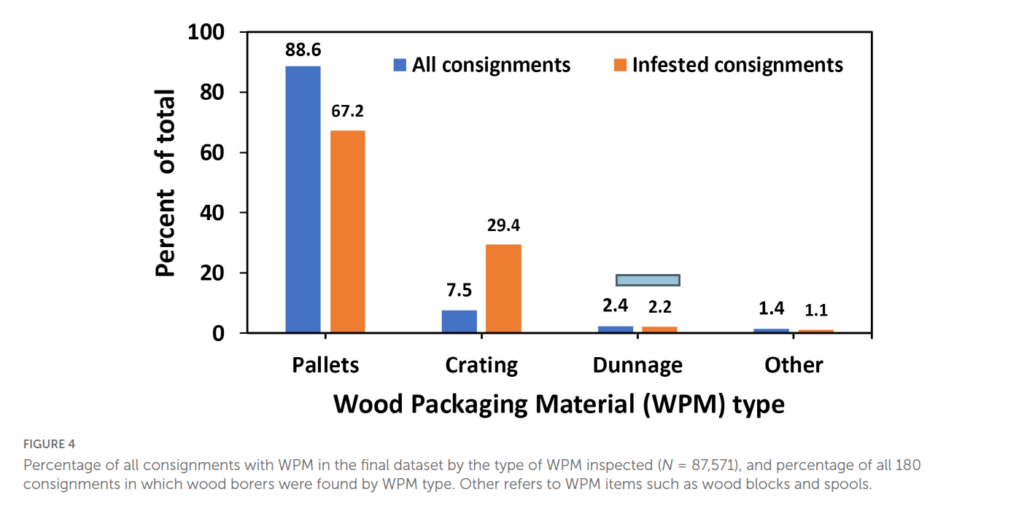
The Trump Administration’s budget for Fiscal Year 2026 [which begins at the end of September 2025] proposes to eliminate funding for nearly all USFS research & Forest Health Protection.
Proposed Cuts to USFS Research: Timber the Sole Aim
In a letter from Office of Management and Budget (OMB) to Senate Appropriations Committee Chair Susan Collins (R-Maine, Director Russell Vought says the Administration wants to manage National forests “for their intended purpose of producing timber” and that the research and development program “is out of step with the practical needs of forest management for timber production.” The Administration proposes to eliminate funding for USFS research projects other than the small portion covering Forest Inventory and Analysis.
I understand that the USFS Chief told various NGOs that his job is to run the National Forest System, increase timber production by 40%, and do nothing else.
This single aim conflicts with the 1897 legislation founding and authorizing the USFS. It also violates provisions of subsequent legislation such as the Multiple-Use Sustained-Yield Act of 1960 and the National Forest Management Act of 1976. It also departs from long-standing US Forest Service policy – which is the intention.
The “intended purpose” of establishing “forest reserves” [which were later renamed National forests] has never been solely for timber production. The “Organic Act” of 1897 provided that any new forest reserves would have to meet the criteria of forest protection, watershed protection, and timber production.
Specifically, the ORGANIC ACT OF 1897 [PUBLIC–No.2.] says:
“[All public lands heretofore designated and reserved by the President of the US under the provisions of the Act [of] March 3rd 1891, the orders for which shall be and remains in full force and effect, unsuspended and unrevoked, and all public lands that may hereafter be set aside as public forest reserves under said act, [these were the “forest reserves,”predecessors of “National Forests]” shall be as far as practicable controlled and administered in accordance with the following provisions:
“No public forest reservation shall be established, except to improve and protect the forest within the reservation, or for the purpose of securing favorable conditions of water flows, and to furnish a continuous supply of timber for the use and necessities of [US] citizens; but it is not the purpose or intent of these provisions, or of the Act providing for such reservations, to authorize the inclusion therein of lands more valuable for the mineral therein, or for agricultural purposes, than for forest purposes.”
The Department of the Interior, which then managed these forest reserves, promptly issued implementing regulations. The regulations stated that the “object” of forest reservations was:
“2. Public forest reservations are established to protect and improve the forests for the purpose of securing a permanent supply of timber for the people and insuring conditions favorable to continuous water flow.”
Therefore, I think the Administration has exaggerated the emphasis on timber production by calling it “the” intended purpose of the original establishment of National forests. The Administration has also chosen to ignore subsequent legislation, such as the Multiple-Use Sustained-Yield Act of 1960 and the National Forest Management Act of 1976.
Sec. 13 of the NFMA limits the sale of timber from each national forest to a quantity equal to or less than a quantity which can be removed from such forest annually in perpetuity on a sustained-yield basis. This limit might be exceeded under certain circumstances, but such excess must still be consistent with the multiple-use management objectives of the land management plan. Further, Sec. 14 requires public input into any decision to raise timber allowances.
During his period as Chief (1905 – 1910), Gifford Pinchot invented and applied the concept of “conservation” of natural resources. As a result “wise use” became accepted as the national goal.
Culminating more than a century of legislation and informed policy, the mission of the USDA Forest Service is to “sustain the health, diversity, and productivity of the nation’s forests and grasslands to meet the needs of present and future generations.”
Proposed Cuts to State, Private, and Tribal Forests
The budget also cuts $303 million from the State, Private, and Tribal Forests program. (I understand this zeroes out the entire program). The OMB Director alleges that the program has been “plagued by oversight issues, including allegation of impropriety by both the Agency and State governments.” I understand that this would eliminate the cooperative projects managed by the Forest Health Protection program, too.
Implications for Non-native Insects and Pathogens
Remember that USFS’s research and development program is intended to improve forest managers’ understanding of ecosystems, including human interactions and influences, thereby enabling improvements to the health and use of our Nation’s forests and grasslands. Most importantly to me, this program provides foundational knowledge needed to develop effective programs to prevent, suppress, mitigate, and eradicate the approximately 500 non-native insects and pathogens that are killing America’s trees.
The Forest Health Program provides technical and financial assistance to the states and other forest-management partners to carry out projects (designed based on the above research) intended to prevent, suppress, mitigate, and eradicate those non-native insects and pathogens. The program’s work on non-federal lands is crucial because introduced pests usually start their incursions near cities that receive imports (often transported in crates, pallets, or imported plants).
Eliminating either or both programs will allow these pests to cause even more damage to forest resources – including timber.

Both supporting research and on-the-ground management must address pest threats across all U.S. forests, including the more than 69% that are located on lands managed by others than the USFS. Already, the 15 most damaging of these pests threaten destruction of 41% of forest biomass in the “lower 48” states. This is a rate similar in magnitude to that attributed to fire (Fei et al. 2019). It is ironic that the Administration considers the fire threat to be so severe that it has proposed restructuring the government’s fire management structure.
I remind you that the existing USFS R&D budget allocates less than 1% of the total appropriation to studying a few of the dozens of highly damaging non-native pests. I have argued that this program should be expanded, not eliminated. Adequate funding might allow the USFS to design successful pest-management programs for additional pests (as suggested by Coleman et al.).
As a new international report (FAO 2025) notes, genetic resources underpin forests’ resilience, adaptability, and productivity. Funding shortfalls already undercut efforts to breed trees able to thrive despite introduced pests and climate change (the latter threat is still real, although the Administration disregards it). I have frequently urged the Congress to increase funding for USFS programs – which are sponsored primarily by the National Forest System and State, Private, and Tribal, although some are under the R&D program.
Please ask your Member of Congress and Senators to oppose these proposed cuts. Ask them to support continued funding for both USFS R&D and its State, Private, and Tribal Programs targetting non-native insects and pathogens. America’s forests provide resources to all Americans – well beyond only timber production and they deserve protection.
Contacting your Representative and Senators is particularly important if they serve on the Appropriations committees.
House Appropriations Committee members:
Republicans: AL: Robert Aderholt, Dale Strong; AR: Steve Womack; AZ: Juan Ciscomani; CA: Ken Calvert, David Valadao, Norma Torres; FL: Mario Diaz-Balart, John Rutherford, Scott Franklin; GA: Andrew Clyde; ID: Michael Simpson; IA: Ashley Hinson; KY: Harold Rogers; LA: Julia Letlow; MD: Andy Harris; MI: John Moolenaar; MO: Mark Alford; MS: Michael Guest; MT: Ryan Zinke; NC: Chuck Edwards; NV: Mark Amodei; NY: Nick LaLota; OH: David Joyce; OK: Tom Cole, Stephanie Bice; PA: Guy Reschenthaler TX: John Carter, Chuck Fleishmann, Tony Gonzales, Michael Cloud, Jake Ellzey; UT: Celeste Maloy; VA: Ben Cline; WA: Dan Newhouse; WV: Riley Moore
Democrats: CA: Pete Aguilar, Josh Harder, Mike Levin; CT: Rosa DeLauro; FL: Debbie Wasserman Schultz, Lois Frankel; GA: Sanford Bishop; HI: Ed Case IL: Mike Quigley, Lauren Underwood; IN: Frank Mrvan; MD: Steny Hoyer, Glenn Ivey; ME: Chellie Pingree; MN: Betty McCollum; NJ: Bonnie Watson Coleman NY: Grace Meng, Adriano Espaillat, Joseph Morelle; NV: Susie Lee; OH: Marcy Kaptur; PA: Madeleine Dean; SC: James Clyburn; TX: Henry Cuellar, Veronica Escobar; WA: Marie Gluesenkamp Perez; WI: Mark Pocan
Senate Appropriations Committee members:
Republicans: AK: Lisa Murkowski; AL: Katie Britt; AR: John Boozman (AR); KS: Jerry Moran; KY: Mitch McConnell; LA: John Kennedy; ME: Susan Collins; MS: Cindy Hyde-Smith; ND: John Hoeven; NE: Deb Fischer; OK: Markwayne Mullin; SC: Lindsey Graham; SD: Mike Rounds TN: Bill Hagerty; WV: Shelley Moore Capito;
Democrats: CT: Chris Murphy; DE: Chris Coons; GA: Jon Ossof; HI: Brian Schatz; IL: Richard Durbin; MD: Chris van Hollen; MI: Gary Peters; NH: Jeanne Shaheen; NM: Martin Heinrich; NY: Kirsten Gillibrand; OR: Jeff Merkley; RI: Jack Reed; WA: Patty Murray; WI: Tammy Baldwin
SOURCES
Coleman, T.W, A.D. Graves, B.W. Oblinger, R.W. Flowers, J.J. Jacobs, B.D. Moltzan, S.S. Stephens, R.J. Rabaglia. 2023. Evaluating a decade (2011–2020) of integrated forest pest management in the United States. Journal of Integrated Pest Management, (2023) 14(1): 23; 1–17
FAO. 2025. The Second Report on the State of the World’s Forest Genetic Resources. FAO Commission on Genetic Resources for Food and Agriculture Assessments, 2025. Rome.
Fei, S., R.S. Morin, C.M. Oswalt, and A.M. 2019. Biomass losses resulting from insect and disease invasions in United States forests. PNAS August 27, 2019. Vol. 116 No. 35 17371–17376
Posted by Faith Campbell
We welcome comments that supplement or correct factual information, suggest new approaches, or promote thoughtful consideration. We post comments that disagree with us — but not those we judge to be not civil or inflammatory.
For a detailed discussion of the policies and practices that have allowed these pests to enter and spread – and that do not promote effective restoration strategies – review the Fading Forests report at https://treeimprovement.tennessee.edu/
or










